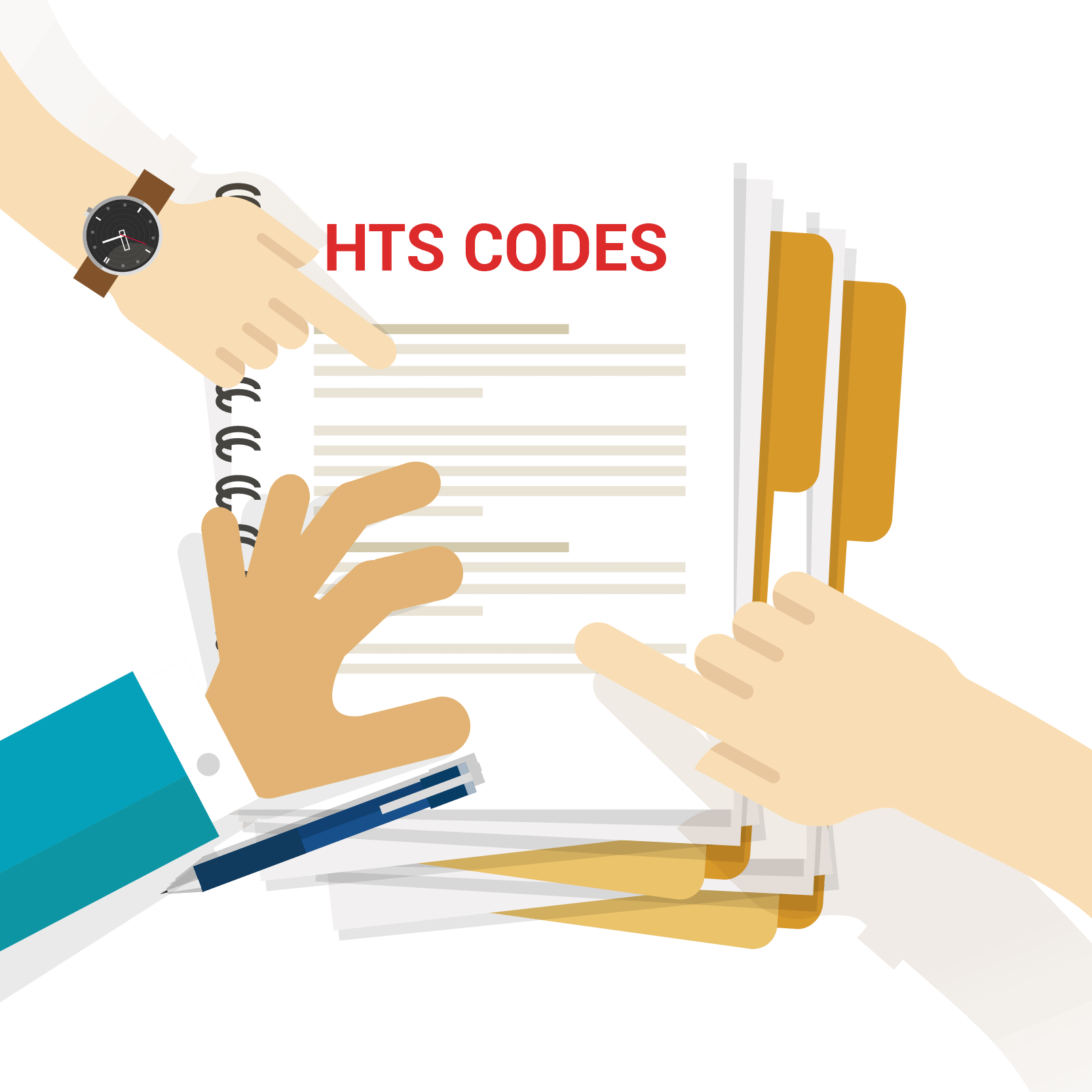 Harmonized Tariff Schedule (HTS) codes are the numerical sequence assigned to a specific product in the U.S. International Trade Commission’s database. They are the U.S. extension of the Harmonized Item Description and Coding System (HS), which identifies items by a 6-digit harmonized number cataloged in the World Customs Organization’s Harmonized Commodity Description and Coding System.
Harmonized Tariff Schedule (HTS) codes are the numerical sequence assigned to a specific product in the U.S. International Trade Commission’s database. They are the U.S. extension of the Harmonized Item Description and Coding System (HS), which identifies items by a 6-digit harmonized number cataloged in the World Customs Organization’s Harmonized Commodity Description and Coding System.
The first six digits of an HTS code are the HS code used globally, and the last four are U.S.-specific to further classify products and define duty rates. The various digits of the numbered code specify categories, product types, and use case or materials.
What Are HTS Codes Used For?

Harmonized Tariff Schedule codes are used in the U.S. to classify a product correctly. These classifications are often used in conjunction with country of origin certificates for calculating tariffs and customs duties, which are based on the specifics of a product.
Companies may collect country of origin certificates and HTS code data to maximize the use of free trade agreements and tariff exemptions, and avoid penalties. Tracking HTS codes also allows companies to adapt to tariff fee schedule changes, ensuring they can maintain market access and consistently cost raw materials. United States Customs and Border Protection staff review HTS codes and country of origin data during audits to determine fines issued for non-compliance.
Learn More About HTS Codes
Understand how to maximize the use of HTS codes in a trade compliance program in our guide, Harmonized Tariff Schedule Codes: Avoiding Unexpected Tariffs.
Download Guide
Do International Importers Need HTS Codes?

All shipments imported into the U.S. require an HTS code in order to clear customs and enter the country.
How Can Assent Help Manage HTS Code & Trade Compliance Data?
Assent’s Trade Compliance and Origin Module:
- Allows users to cross-reference HTS codes with country of origin certificates.
- Provides evidence to claim free trade agreement status.
- Enables meaningful, streamlined data collection and harmonization of supplier classification.
- Creates a database of critical intelligence.
- Implements a reliable, consistent method for surveying suppliers, and verifying and cross-referencing information against tariff schedules to ensure data consistency.








